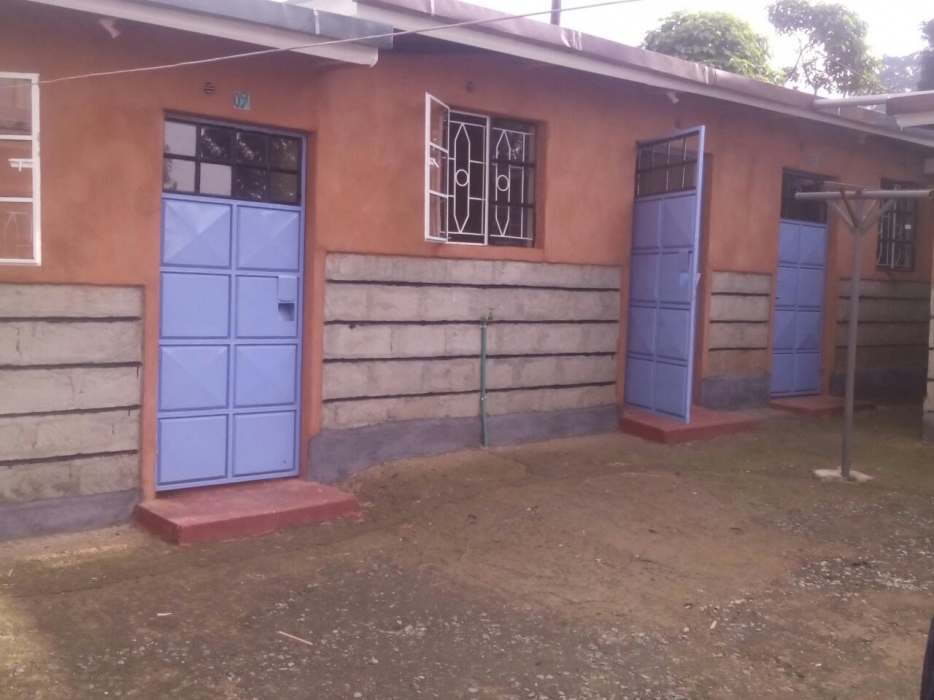Developers of single-room houses have gained the most returns in two years compared to two-bedroom flats and three-bedroom maisonette as the average cost of the small units crossed the Sh.4, 000.
By 2016, rent for single rental rooms on average rose to Sh. 4,032 in October from Sh3,589 in the same month of 2014 – representing a jump of 12.3 per cent in last two years, data from Kenya National Bureau of Statistics (KNBS) shows.
The rise in single-room rent, popular with low income earners, is the fastest compared to other categories of houses, meaning the poor have been hard hit by rising renting costs.
Three-bedroom units have recorded the slowest rent growth in the past two years, benefitting tenants and fetching the least returns to investors amid concern of a glut in the high-end housing segment.
The KNBS data shows that rents for three-bedroom houses are up 6.3 per cent to Sh33,123 while two-bedroom flats are up 8.3 per cent to Sh20, 080.
The bureau does not currently track the rent for one-bedroom houses.
Sector players reckon that lower-income housing will grow faster in coming years compared to other segments amid flat demand in the high-end segment.
“Investors have in the past overlooked the low-end mass market as they eye huge returns from high-end homes. But we now have a glut and the market will have to correct itself,” said Ravi Kohli, the managing director of Karibu Homes – a real estate developer.
He cited Nairobi’s Kilimani and Kileleshwa estates where several three-bedroom units have been unoccupied for months.
Treasury secretary Henry Rotich in June announced plans to reduce corporate tax from 30 per cent to 20 per cent for property developers who construct at least 1,000 units per year.
Industry players say the policy action is largely geared to spur investors in low-end homes market as the turnaround period for the budget units is shorter and requires lower capital.
Mr Kohli said that two-bedroom flats are popular with middle class homes as the rents fit within their monthly budget while three-bedroom maisonettes are preferred by rich homes.
Nairobi’s middle class homes spend the bulk of their monthly income (23.6 per cent) on housing, utilities and cooking gas, exposing them most to the rising costs.
Poor homes spend 18.2 per cent of their income on rent and utilities while rich homes spend 19.8 per cent. Rents in the cities — Nairobi, Mombasa and Kisumu — are generally higher due to higher demand and cost of living.
Did you love the story? You can also share YOUR story and get it published on Bizna Click here to get started.




